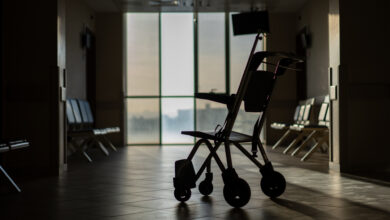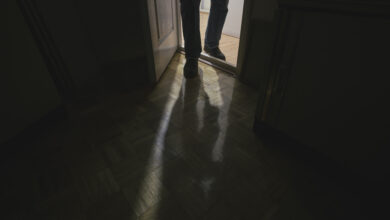Birthplace design set to limit stress during labour
Latest university research is showing a connection between the design of rooms where mothers give birth, their stress levels and the potential risk of such stress to newborns.
How the features of a birthplace including design, objects, materials and colours could influence the outcome of a woman's labour will be explored by UTS researchers after receiving $227,000 in Australian Research Council funds.
UTS lead researcher and professor of midwifery, Maralyn Foureur, said the stress a mother experiences during labour and birth can ultimately lead to interventions including the use of drugs or caesarean section.
"We have made a connection between a mother's physiology and her ability to have a normal birth in the environment in which she gives birth," Foureur said.
"Birthplaces today are not typically homelike and fitted with baths and showers, rather they are peppered with machinery and medical equipment. Some women find this comforting, but the majority find it intimidating and that it adds to their stress.
"The ideal birthplace for women is that in which they feel most comfortable. In our research we have identified that features such as comfortable furniture and fittings, rounded edges, domestic colours, low noise and subdued lighting characterise a low-stress birthplace.
"Our study commencing in May will involve us videoing women in NSW and ACT as they are admitted to hospital and in their early stages of labour, to determine their stress levels in different environments.
"This will give us insight into what characteristics of the environment might need to be changed to lower stress levels during labour."
Co-researcher and UTS Director of Industrial Design, Berto Pandolfo, said their aim was to discover design solutions that would facilitate improved communication between a mother and her attendants during labour.
"Outcomes of this research, we hope, will lead to better designed objects and spaces in birthing units and ideally an increase in normal vaginal births," Pandolfo said.
Email: [email protected]





